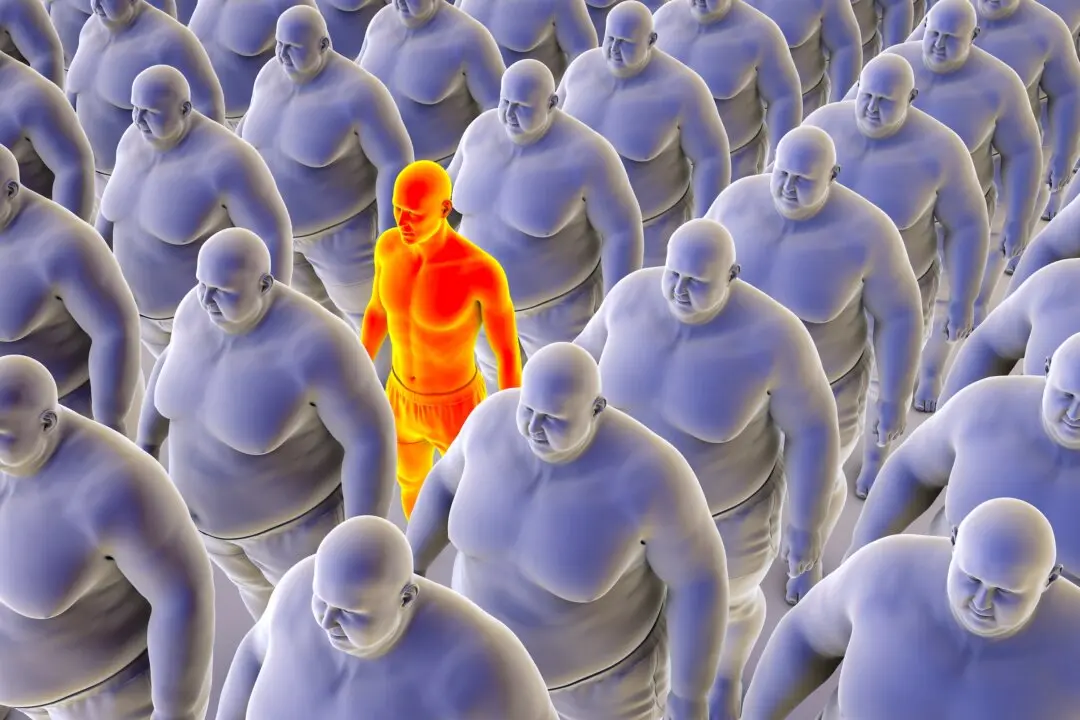It may even be your favorite dish to order when you eat out. Many people think it’s a heathy choice when they buy it or order out, but that’s no longer true.
STORY AT-A-GLANCE
- Aquaculture promotes itself as a sustainable solution to overfishing, but it actually takes 1.5 to 8 kilograms (3.3 to 17.6 pounds) of wild fish to produce a single kilogram (2.2 pounds) of farmed salmon
- Fish farms pollute the aquatic environment and spread disease to wild fish. Farmed fish are also an inferior food source, in part by providing fewer healthy nutrients; in part by containing more toxins
- Research shows farmed salmon contain five times more toxins than any other food tested, including higher levels of PCBs and dioxin
- Research also warns that farmed Atlantic salmon may contain PBDEs, toxic flame retardant chemicals that have been restricted or banned in the U.S. and many European countries due to their effects on child development
- Toxins in the fish feed and environmental concentrations of the chemicals have been identified as the two primary culprits
Farmed Salmon = Most Toxic Food in the World
Salmon is perhaps the most prominent example of how fish farming has led us astray. Food testing reveals farmed salmon is one of the most toxic foods in the world, having more in common with junk food than health food.[1][2] Studies highlighting the seriousness of the problem date back more than a decade and include:- A global assessment[3] of farmed salmon published in 2004, which found 13 persistent organic pollutants in the flesh of the fish. On average, polychlorinated biphenyl (PCB) concentrations in farmed salmon was eight times higher than in wild salmon, prompting the authors to conclude that “Risk analysis indicates that consumption of farmed Atlantic salmon may pose health risks that detract from the beneficial effects of fish consumption.”The International Agency for Research on Cancer and the Environmental Protection Agency classify PCBs as probably carcinogenic.According to the U.S. Centers for Disease Control and Prevention, PCBs elicit a significant number of health conditions in animal studies, including cancer, immunosuppression, neurotoxicity and reproductive and developmental toxicity.[4] Disturbingly, research suggests contaminated fish is the most common source of PCB exposure, as the chemicals accumulate and build up in the fat tissue.[5]
- A 2005 investigation[6] by another group of scientists concluded even relatively infrequent consumption of farmed salmon may be harmful to your health thanks to the elevated dioxin levels in the fish.
- Toxicology researcher Jerome Ruzzin, who has tested for toxins in a number of different food groups sold in Norway, discovered farmed salmon contain five times more toxins than any other food tested. In light of his own findings, Ruzzin has stopped eating farmed salmon, even though some fishery experts disagree that all farmed salmon is a problem.[7]
- A 2011 study[8] published in PLOS ONE found chronic consumption of farmed salmon caused insulin resistance, glucose intolerance and obesity in mice, thanks to the persistent organic pollutants (POPs) found in the fish.According to the authors, “Our data indicate that intake of farmed salmon fillet contributes to several metabolic disorders linked to Type 2 diabetes and obesity, and suggest a role of POPs in these deleterious effects. Overall, these findings may participate to improve nutritional strategies for the prevention and therapy of insulin resistance.”






